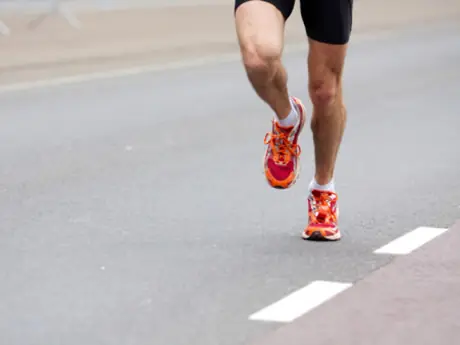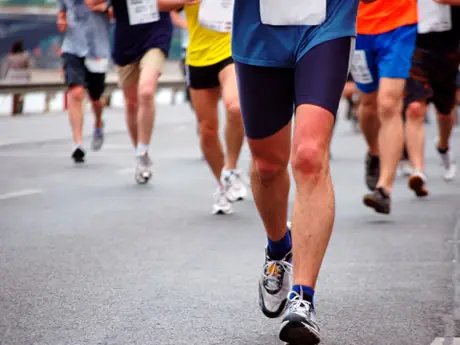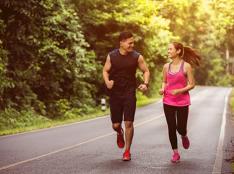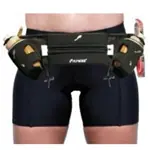
One of running's greatest charms is its simplicity. It requires very little equipment, no fields or courts, and is fairly easy to step out the door and try. While this all makes for a cheap and efficient activity, it seems that somewhere along the line we began to overlook the more complex elements of running.
As participation has increased in recent years, however, there has been renewed interest in running form and technique in hopes of reducing injuries and improving performance. In this debate, one of the main topics of conversation is cadence, also known as stride frequency or running stride.
While much research has been devoted to the subject, one study in particular sheds important light on the potential link between injuries and cadence. The researchers out of Japan recruited a group of runners to run on treadmills at various step frequencies using a metronome. Instructing the participants to run at their preferred cadence, slower than their preferred cadence, and faster than their preferred cadence, they monitored force via a treadmill-mounted force plate. Results showed that when the runners adopted a step frequency roughly 15 percent faster than their "preferred" cadence, the joint loading on their lower legs significantly decreased.
More: The Importance of Cadence and Stride
"Typically the slower your cadence, the more susceptible you are to injury because of the slow, heavy force and impact that happens with each foot fall," explains William Gates, founder of IronWill Running, a coaching service based in Lexington, Kentucky. What's more, when you're running slower, you're more likely to overextend your leg out in front of your body, which means it is absorbing a whole lot of force with each step.
Many coaches suggest achieving around 180 steps per minute, or 90 on each side. Steve Gonser, a physical therapist and founder of RunSmart Online, emphasizes that it isn't just about moving your feet faster, but also about proper positioning. "A faster cadence allows you to engage your natural shock absorption properties, much like you would do when you jump and land," he explains. "It can result in a more bent knee landing posture, which transfers ground impact from the bones to the muscle."
- 1
- of
- 2
About the Author

Get ACTIVE on the Go


Couch to 5K®
The best way to get new runners off the couch and across the finish line of their first 5K.
Available for iOS | Android







Discuss This Article